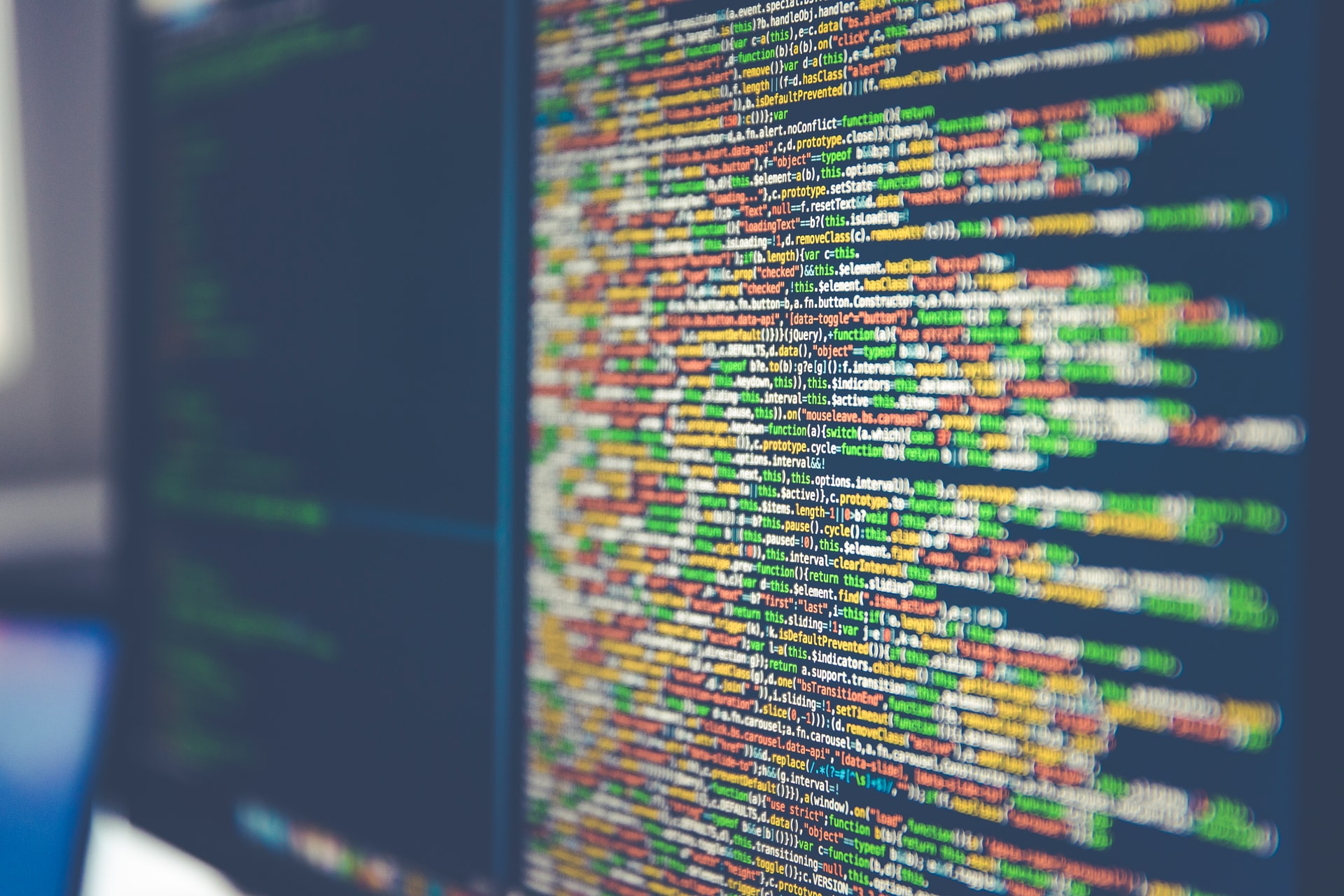While certainly not a silver bullet, Artificial Intelligence (AI) can play a role in how we mitigate and deal with the climate crisis. Here are some ways the tech can be put to good use.
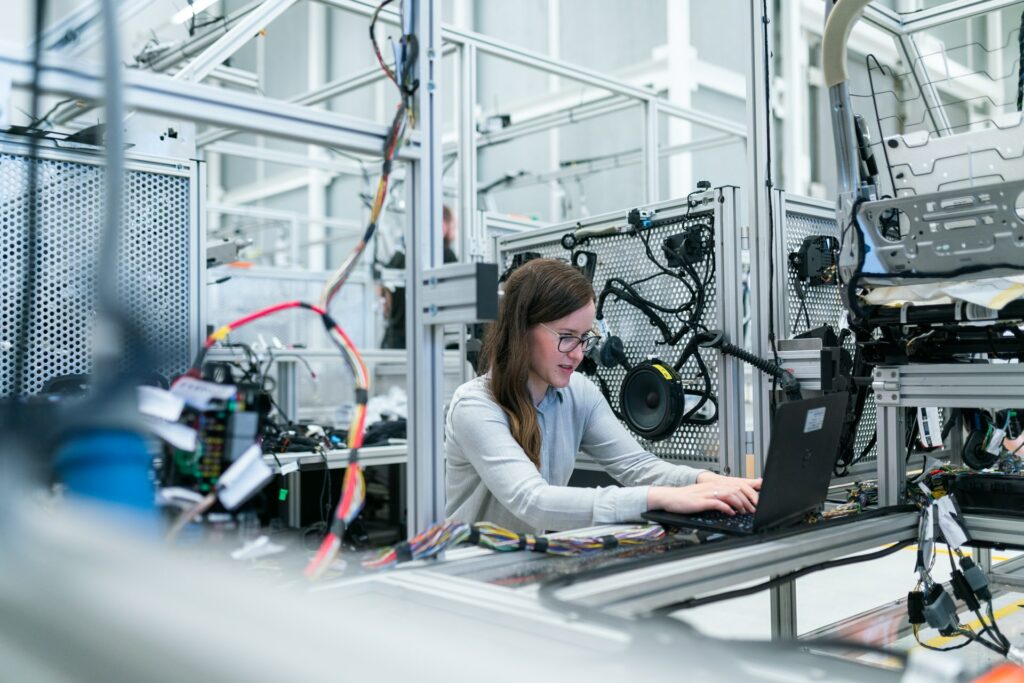
1. Predicting natural disasters
AI tech is already being used to help plan ahead for extreme weather events, the likes of which will become more common as the climate crisis worsens. Japan, for example, is already using AI to send natural disaster alerts, while OroraTech, a Munich-based startup, uses various satellite imagery to quickly detect and monitor wildfires in real time. Heat waves and droughts can be more accurately predicted, so sectors such as agriculture can plan ahead – for example, by delivering extra water supplies to remote regions for livestock.
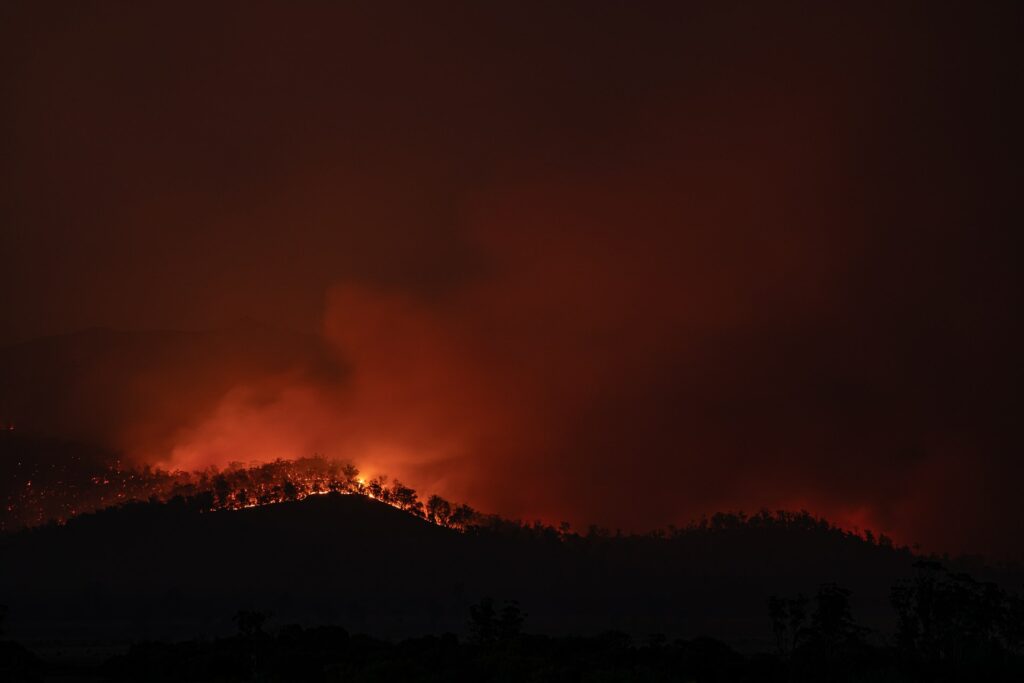
2. Reducing energy use
By switching off lights when they’re not needed and adjusting room temperatures according to use, AI can reduce a building’s energy consumption – be it a home, office or commercial space. Facilities such as factories can use AI to forecast energy demand and reduce waste.
AI tech probably has a more effective role in larger buildings where manual control of power is harder – in individual homes or smaller spaces, there’s an argument that the energy and resources (plastics, rare earth metals) required to create and run the products might equal out any advantages in efficiency. Some researchers have called for AI development teams to be open about the environmental impact of their products and for regulations on energy use and data storage to be introduced.
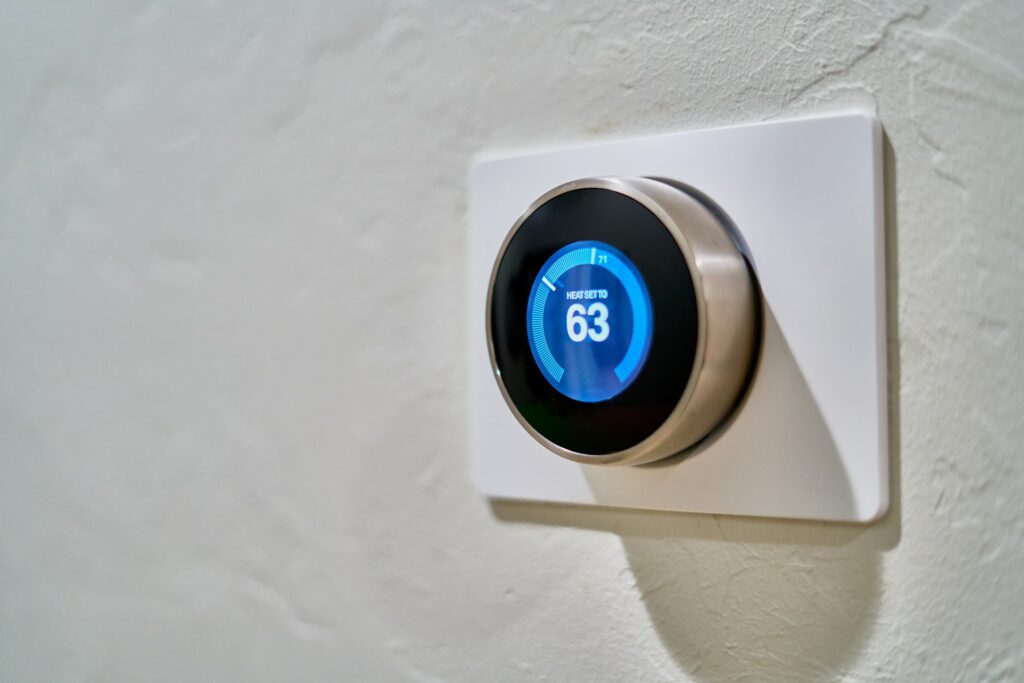
3. Monitoring sea levels
A team based at IMT Atlantique, in France, is creating 3D models of the ocean’s surface to test new ideas related to changing sea levels and temperatures. The researchers are using AI to collect and convert the huge amount of data needed to build these models. Many cities and islands are at risk of rising sea levels and we need to put strategies in place to protect people and their homes.

4. Avoiding stop-start traffic
Researchers have found a way to stop autonomous vehicles idling at red lights – something that results in more fuel consumption and more emissions. The technology makes the cars slow down as they approach an intersection, so they arrive at the lights as they change to green. AI-enabled cars can also find more efficient routes and communicate hazards between vehicles to theoretically make the roads safer.
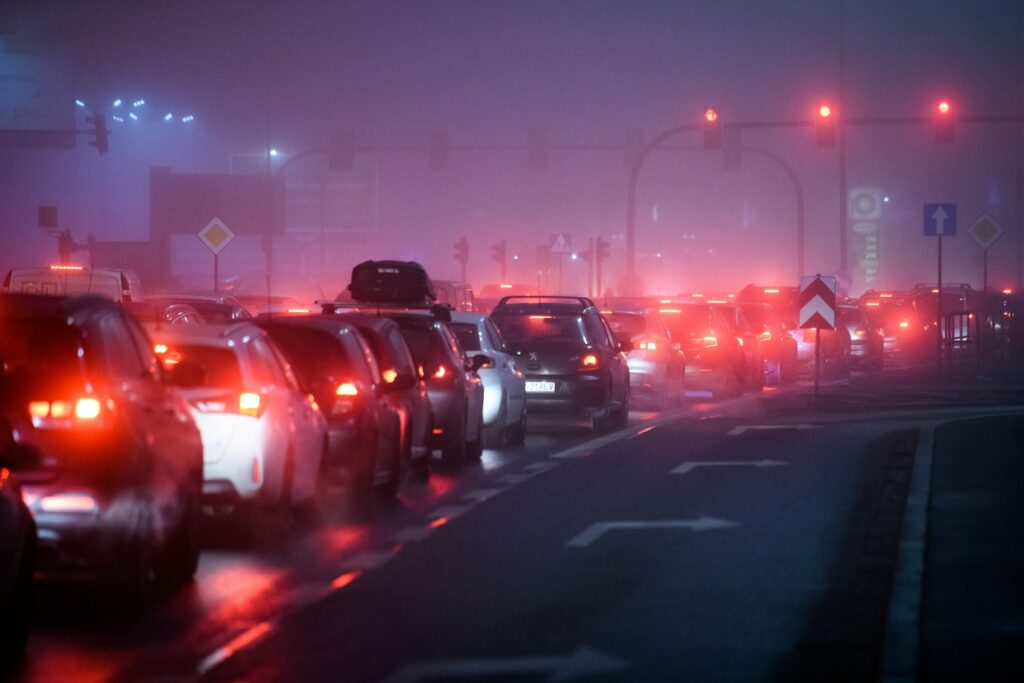
5. Identifying threatened ecosystems
Conservationists can use AI to quickly analyse vast amounts of satellite images and identify ecosystems at risk – for example, coral reefs that are dying or threatened forests. It can also be used to combat poaching, by pinpointing the likely areas poachers will hit and their access points, which can then be used by rangers and tech such as unmanned drones.

